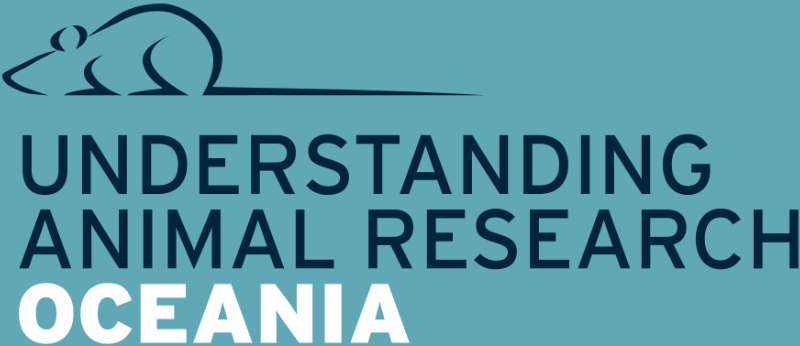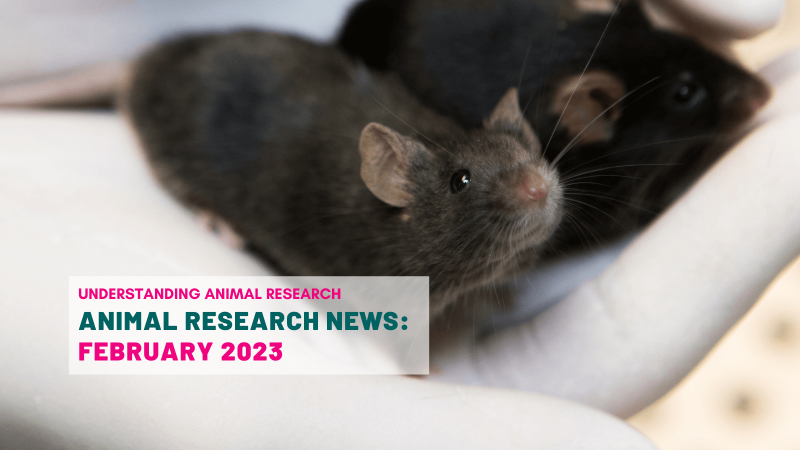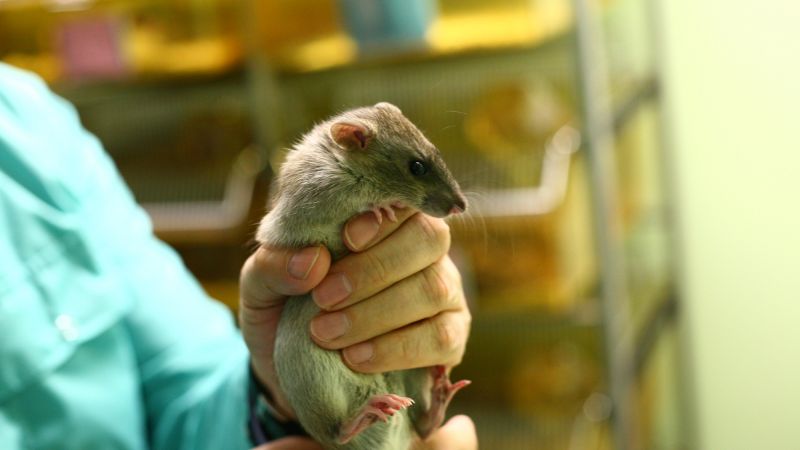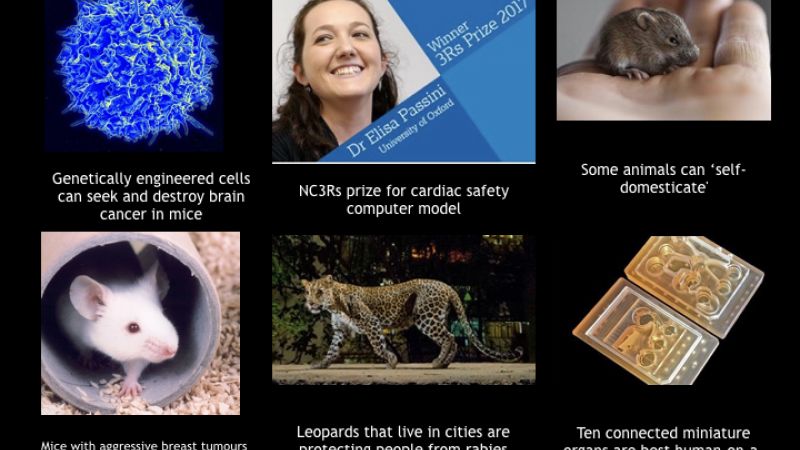 Critiques of animal research usually focus on issues such as the need for the study, the number of animals used, and how they are treated. Equally important, but often overlooked, are issues such as whether the experiment is properly designed, and whether the results are properly analysed and communicated.
Critiques of animal research usually focus on issues such as the need for the study, the number of animals used, and how they are treated. Equally important, but often overlooked, are issues such as whether the experiment is properly designed, and whether the results are properly analysed and communicated.
In December 2009 the National Centre for the Replacement, Refinement and Reduction of Animals in Research authored a paper in PLoS One reviewing experimental design and reporting of research involving animals.
They argued that there is a 'minimum amount of relevant information [that] must be included in scientific publications to ensure that the methods and results of a study can be reviewed, analysed and repeated'. This is especially relevant for animal research as 'omitting essential information can raise scientific and ethical concerns.'
The review looked at 271 papers involving the use of live rats, mice and non-human primates in the UK and US. The analysis covered the quality of reporting, experimental design and use of statistics. Problems were found with reporting and statistical analysis in over half the papers surveyed.
Some of the flaws discovered, to quote Ben Goldacre in The Guardian, were ‘bizarre'. For instance:
This situation is far from ideal; the lack of sufficient detail has implications for the scientific validity of these studies. But is it a case of bad design or bad reporting?
The UK has stringent controls on animal research. For example, three separate licences must be granted before any research can take place. The project licences are particularly detailed, and can be up to 100 pages long. They must contain full justification for why the project should take place, detailed descriptions of all the procedures to be carried out, and how the 3Rs have been considered in every step of the experiment planning.
Most of the information missing from the papers from the PLoS One study will therefore be contained in the project licence, including detailed information about the animals. This suggests that in some cases at least the findings of the review are likely to result from bad reporting rather than bad design. Nevertheless, scientific papers should contain as much of this information as possible to allow the study to be repeated, even if it is on the web rather than in print. The authors of the review conclude that it is the responsibility of all involved in publication to ensure the situation improves:
'Scientific publication is a powerful and important source of information; the authors of scientific publications therefore have a responsibility to describe their methods and results comprehensively, accurately and transparently, and peer reviewers and journal editors share the responsibility to ensure that published studies fulfill these criteria.'
The NC3Rs are working with scientists, journal editors and research funders to develop a set of reporting guidelines for animal research, based on the findings of the survey:
‘The guidelines detail the information that all scientific publications reporting animal research should include... the NC3Rs guidelines are suitable for reporting any area of research, and are intended to support researchers, journal editors and peer reviewers to optimise the way that bioscience research is reported.'
We welcome the principle behind these guidelines and the PLoS study. We agree that reporting and transparency surrounding animal research should be improved. However, the NC3Rs must ensure that its guidelines are helpful for researchers and journals and not so far-reaching that they are unworkable.
Our partner site animalresearch.info has more information about experimental design.
Last edited: 27 October 2022 18:27



